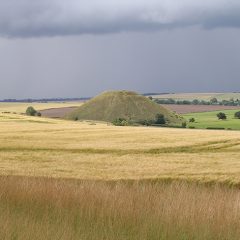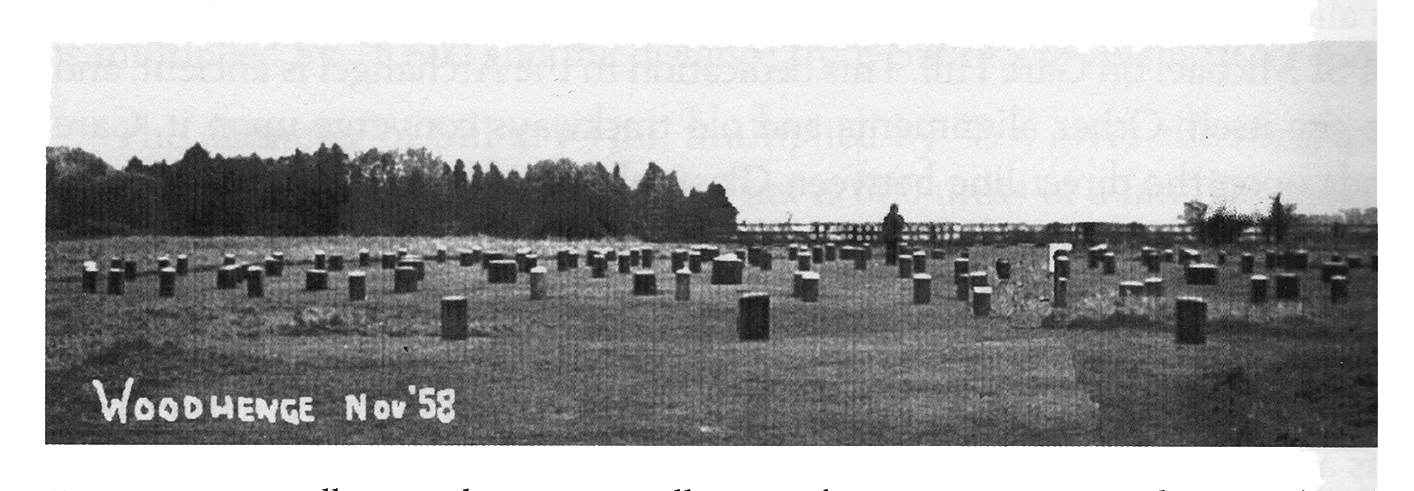PART TWO – A SPECIAL RELATIONSHIP
In Part One a single action began a process of investigation – I made a measurement of two physical realities. The first was the length of a line connecting Stonehenge centre to Woodhenge, centre, and the second was the angle of orientation that this line makes with respect to an east-west line, termed a co-azimuth angle. This second part of the article shows where that single action can lead a researcher into understanding presently unsuspected purposes within the designs of, in this case, Stonehenge and Woodhenge.

